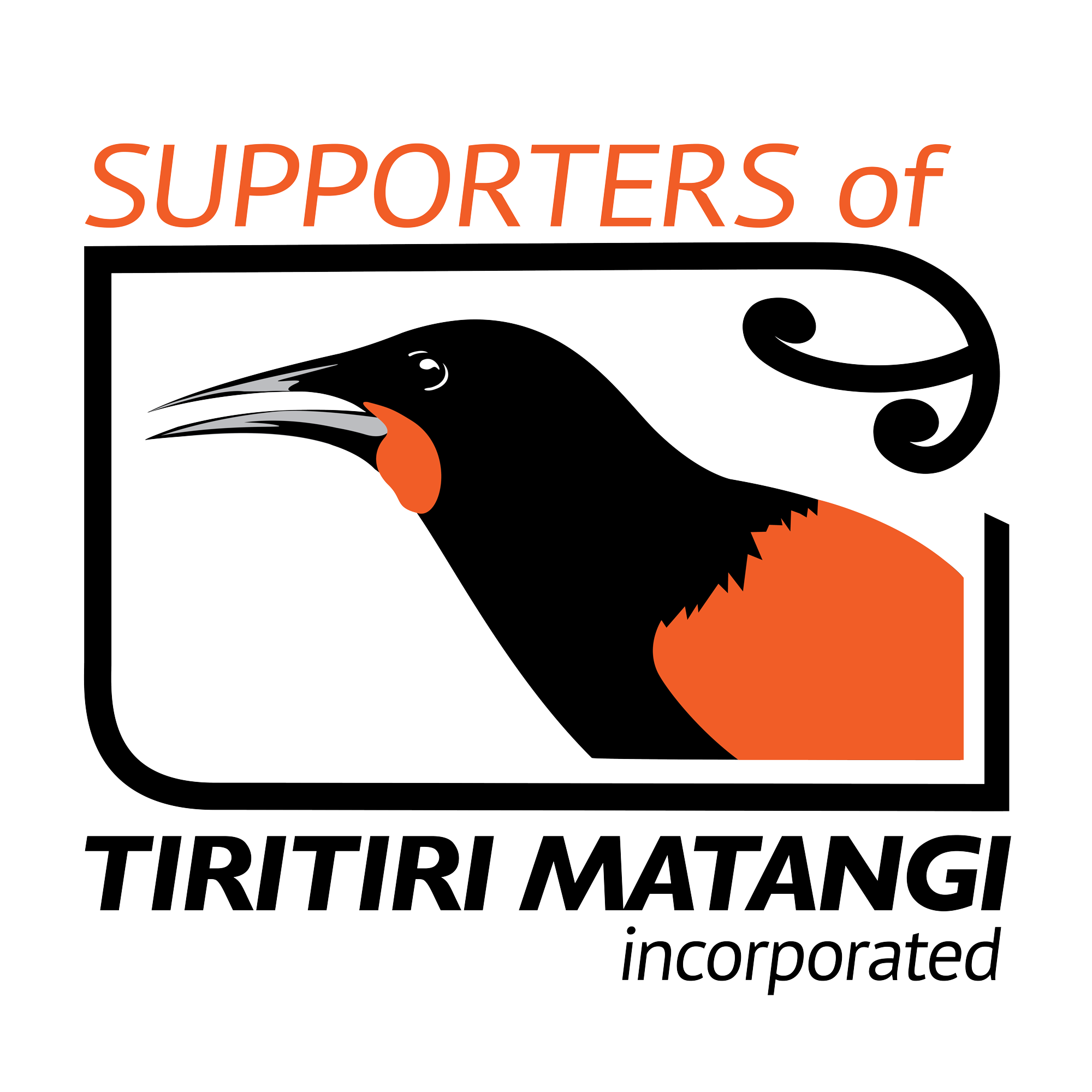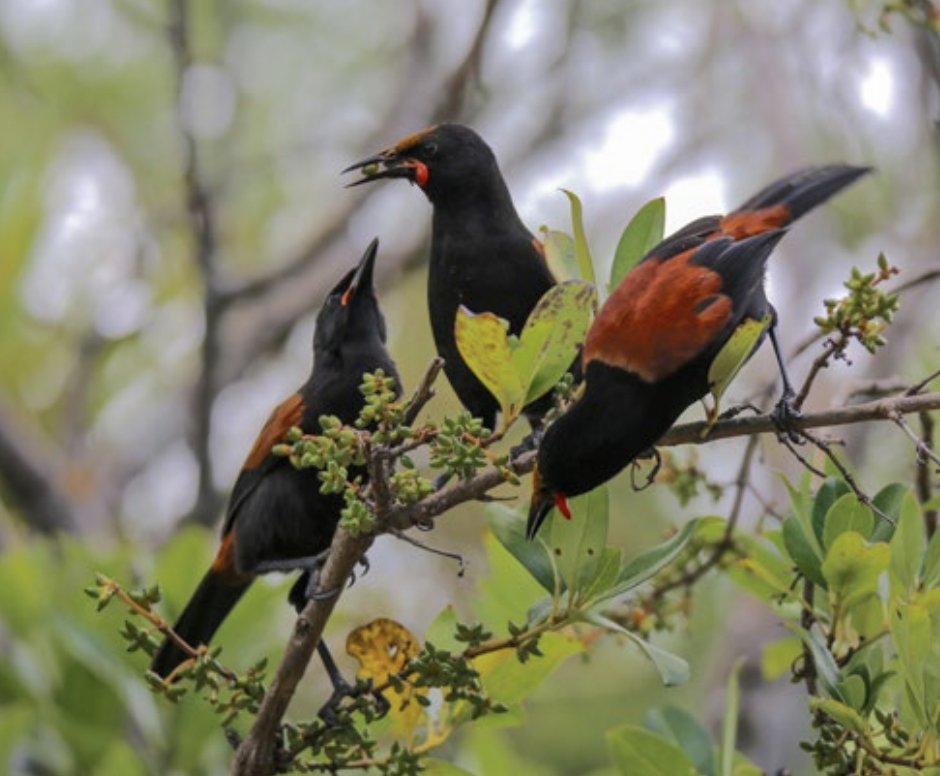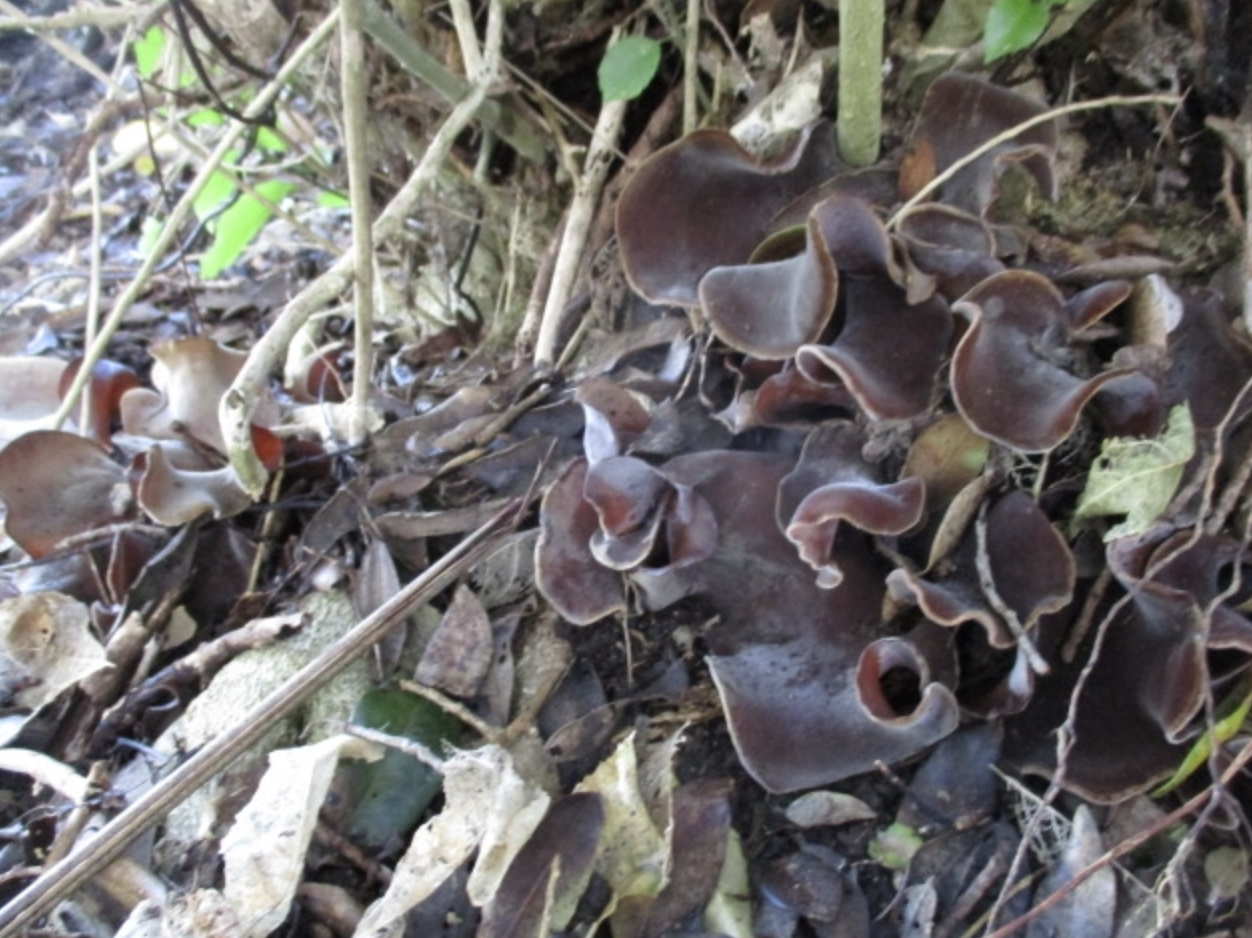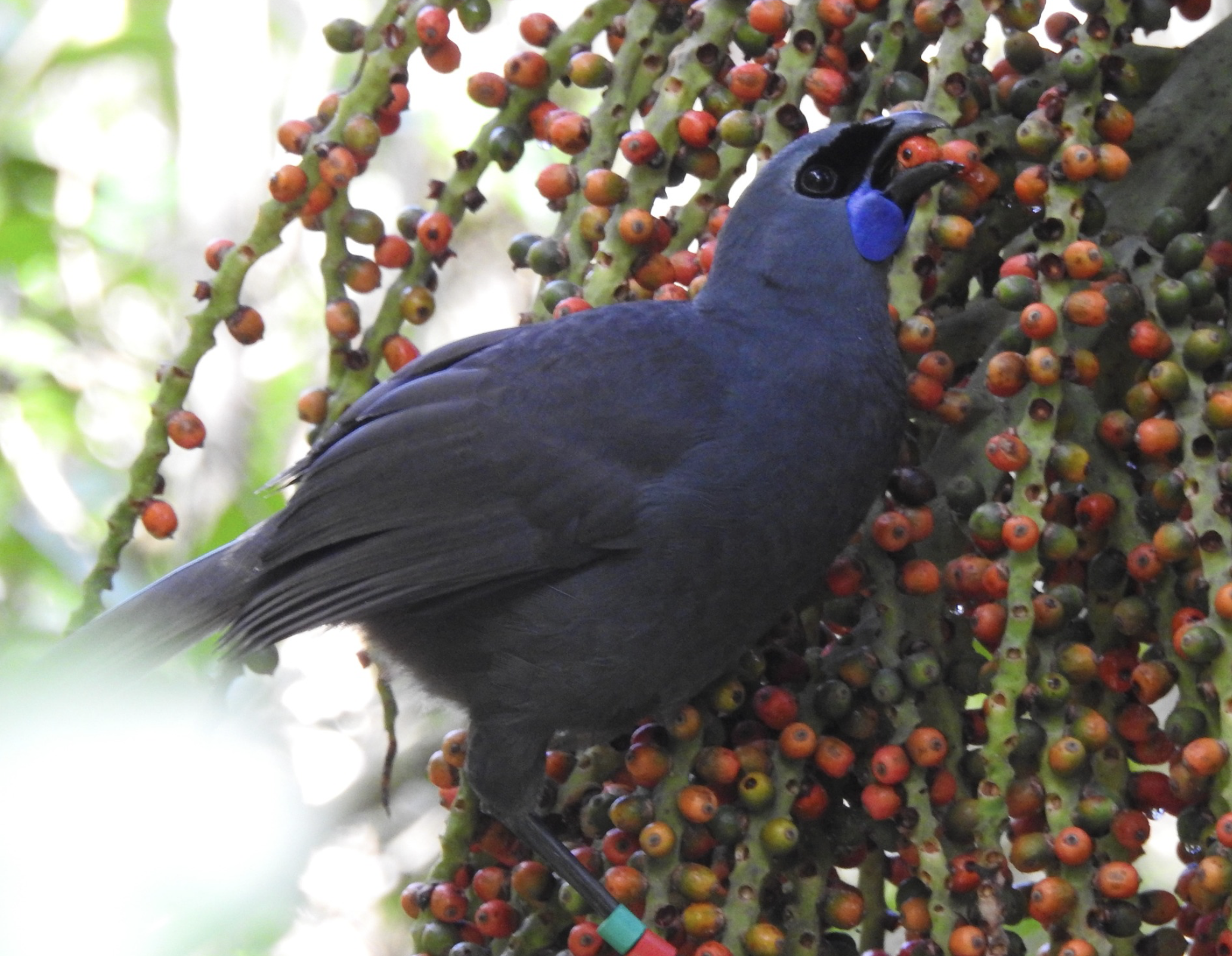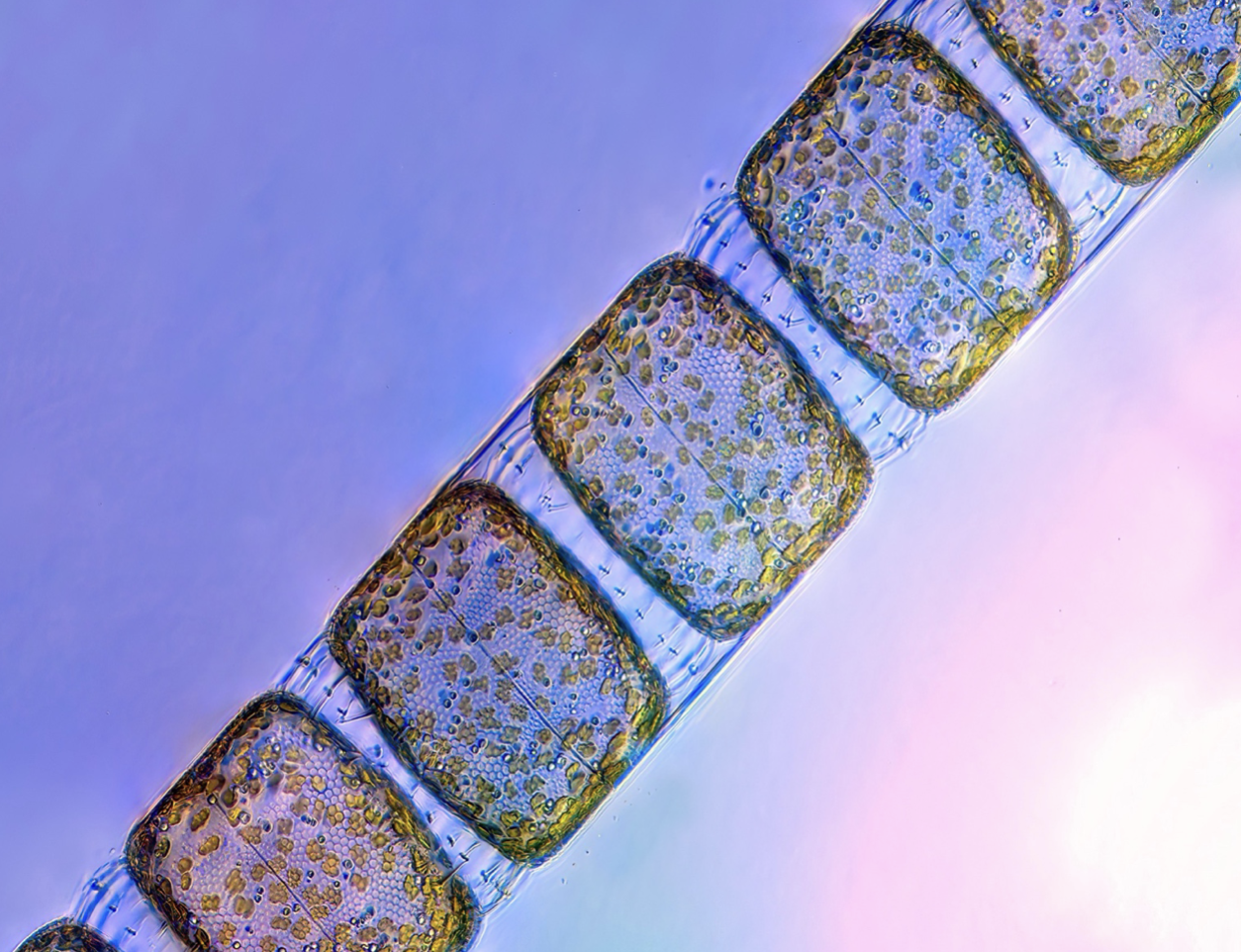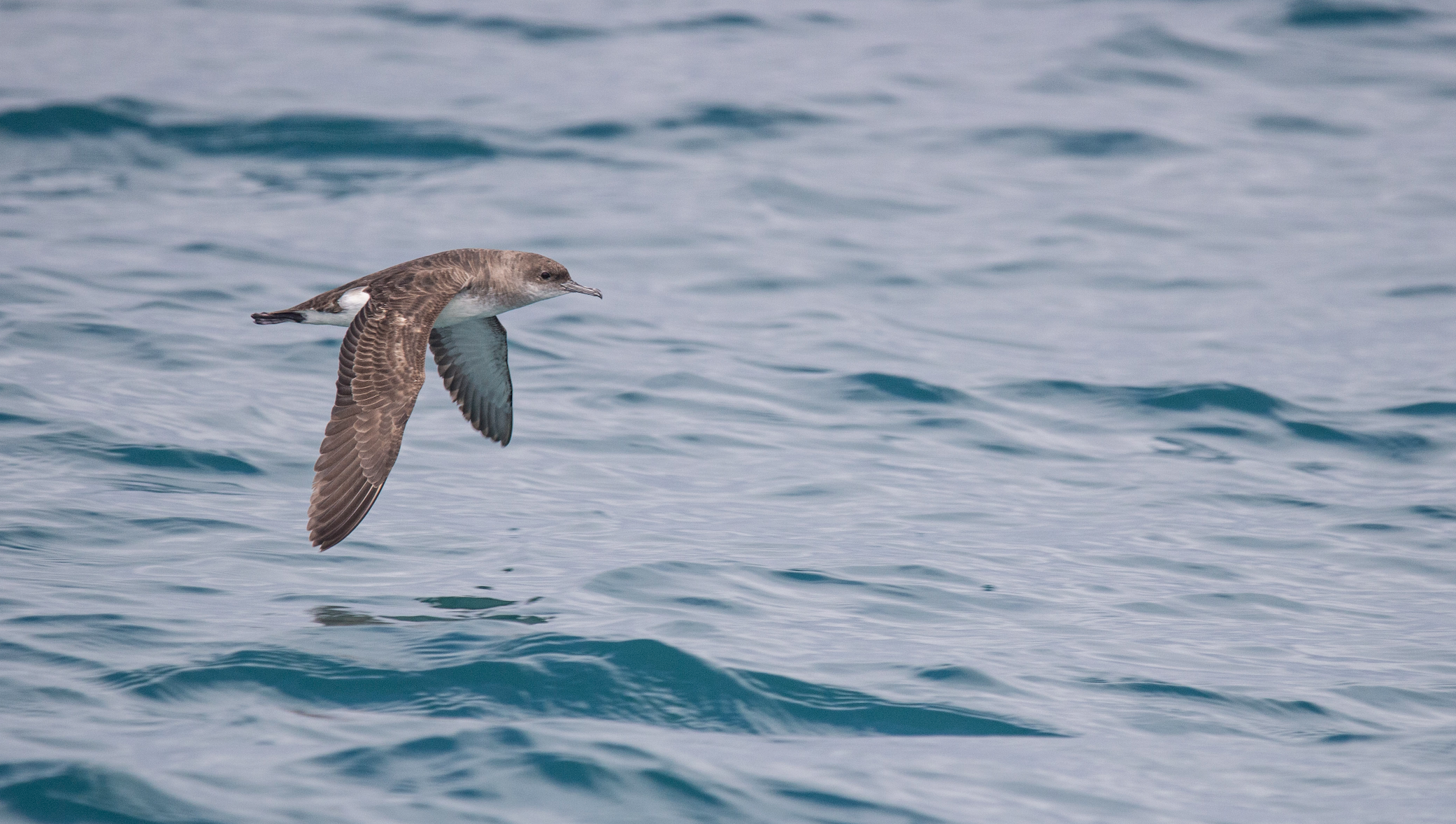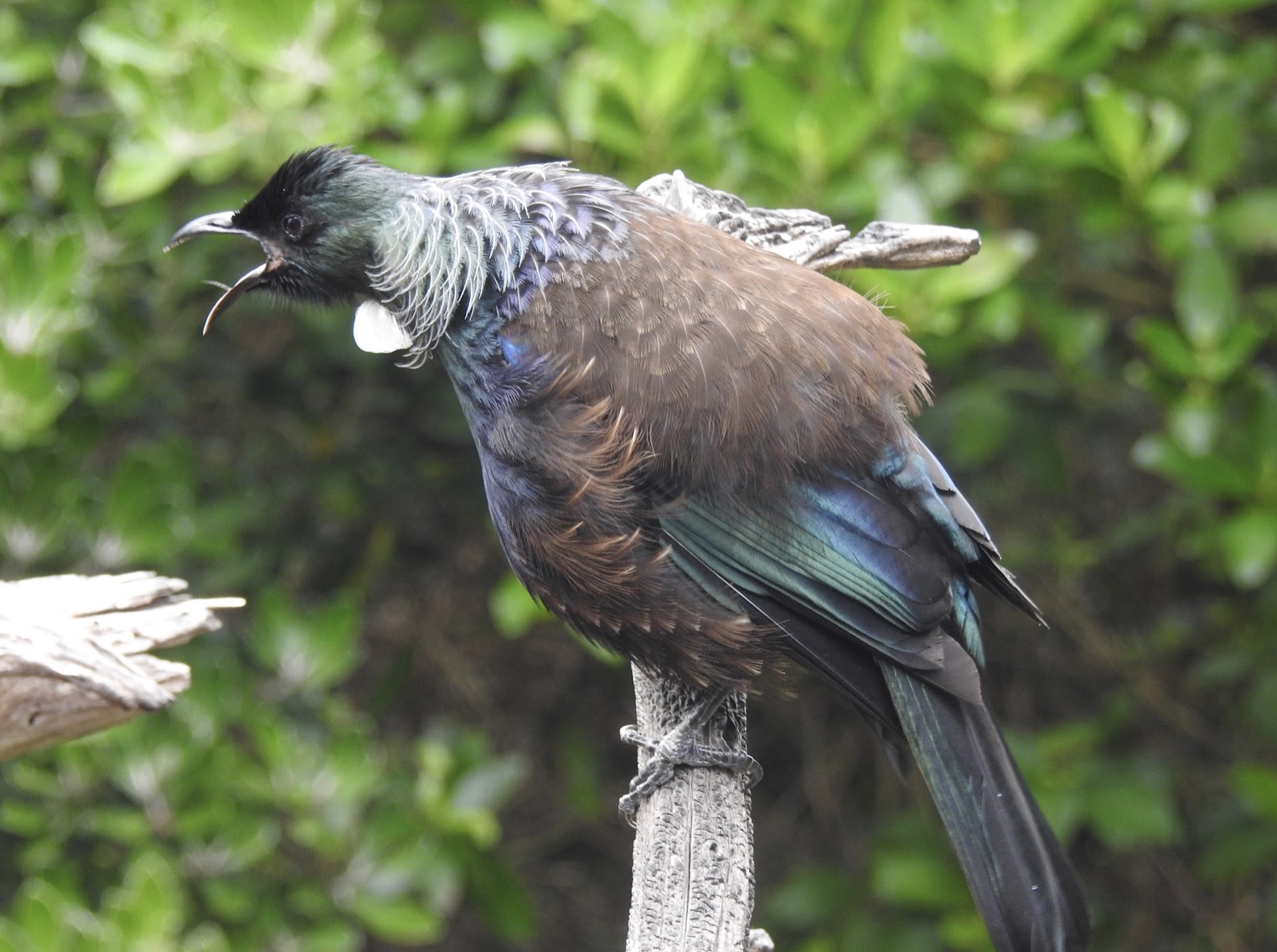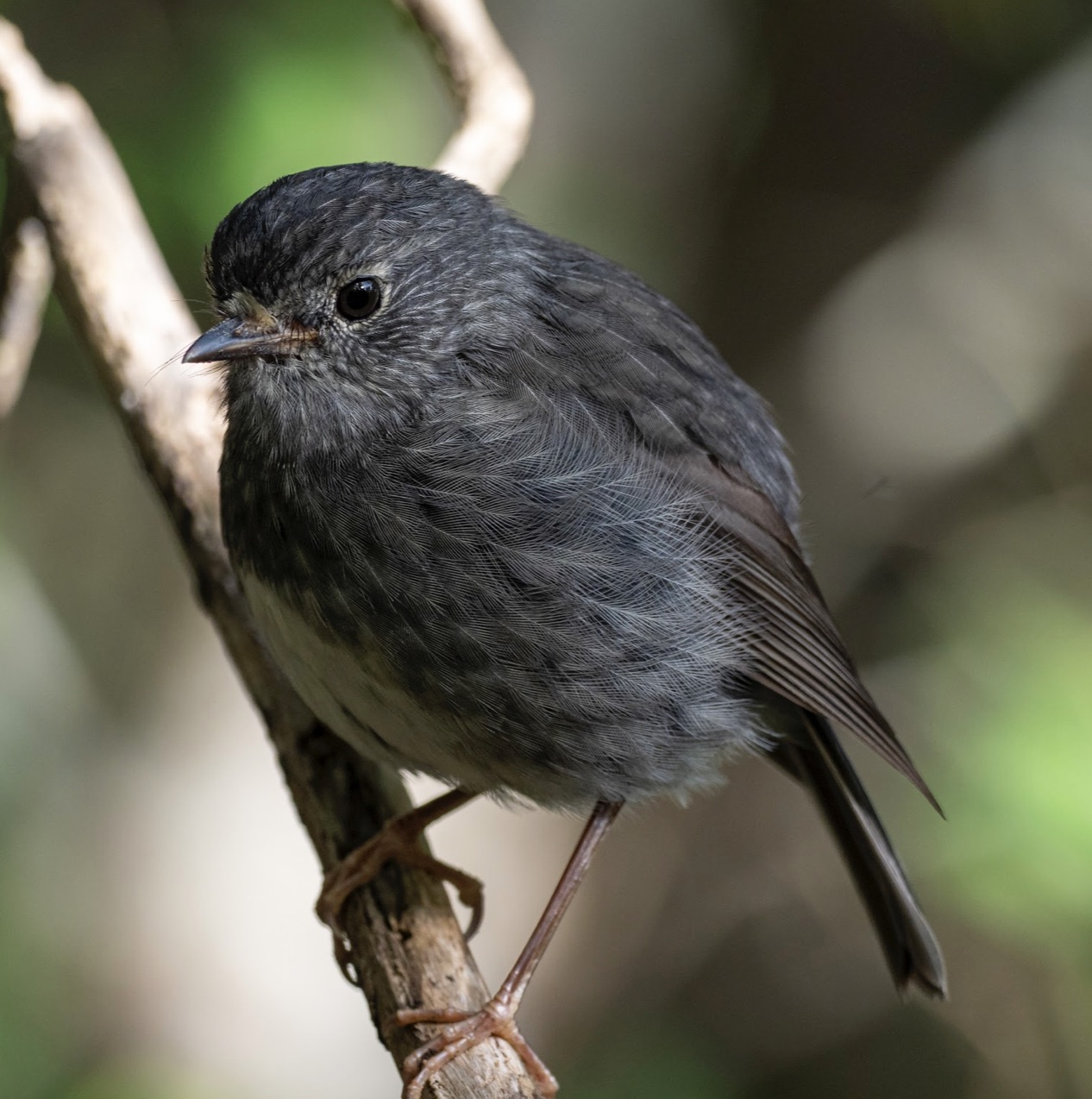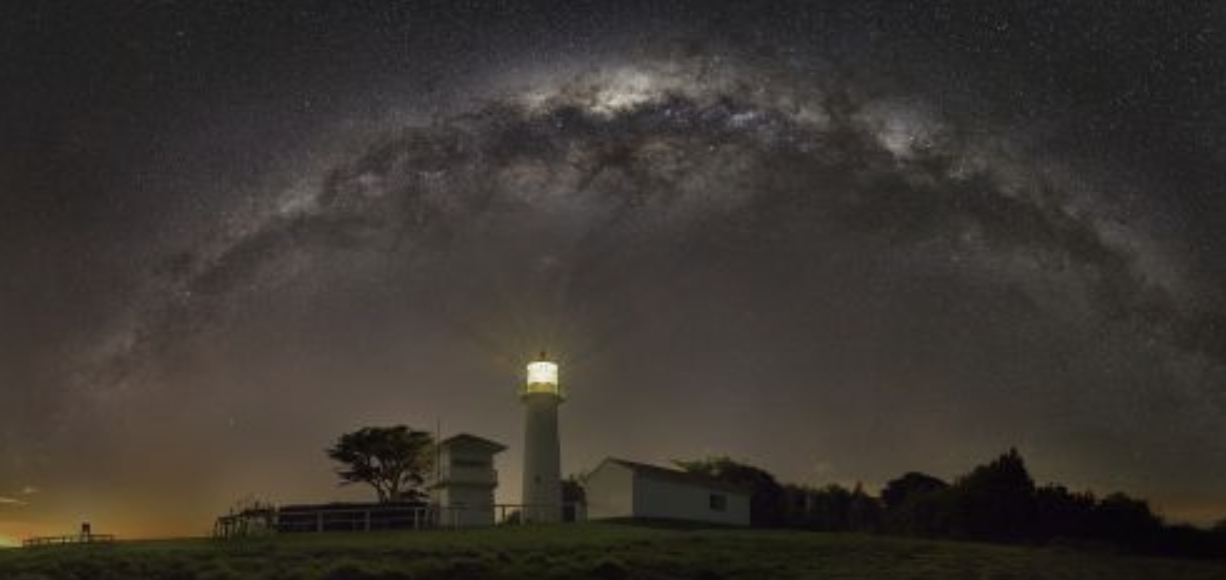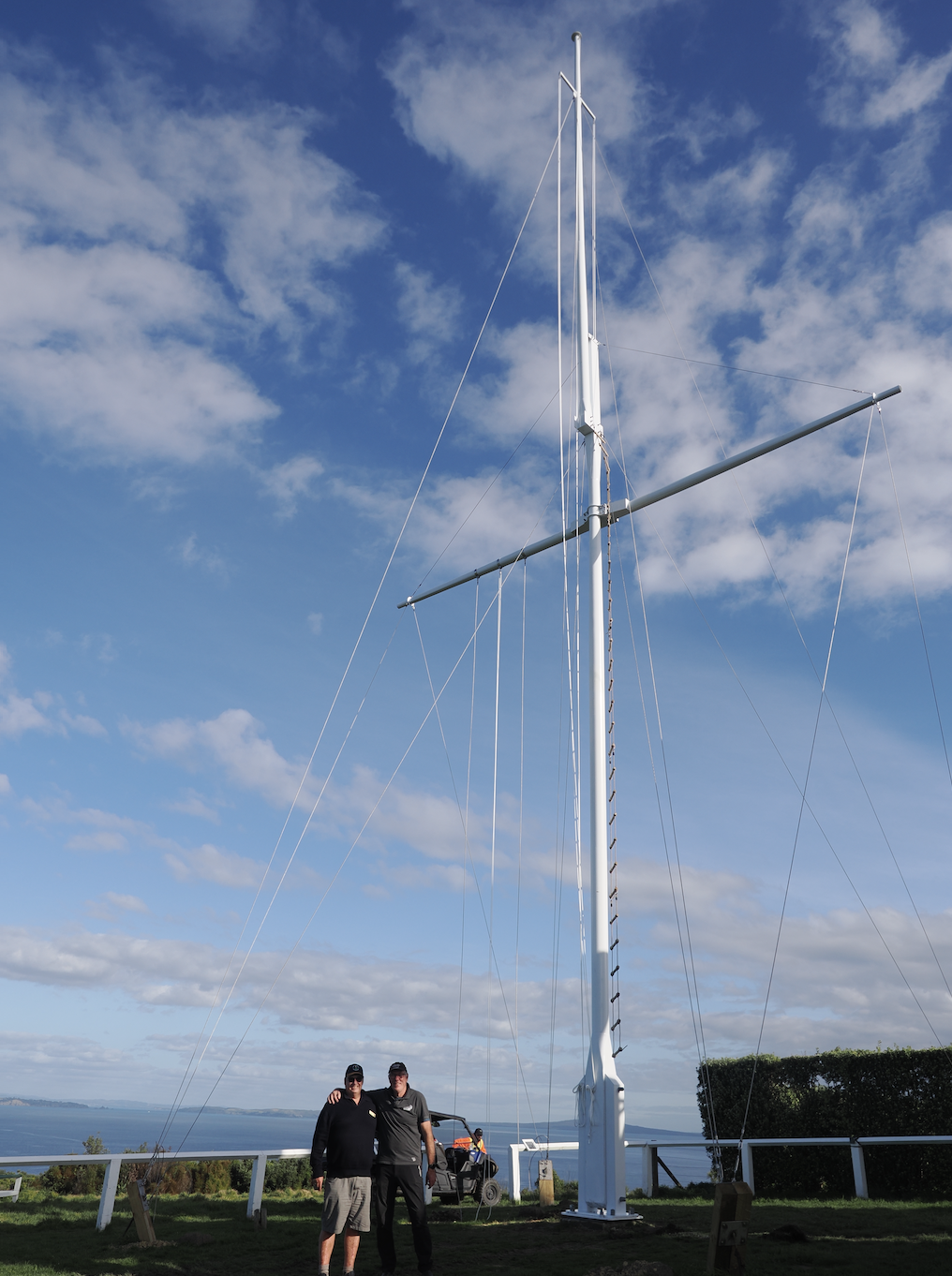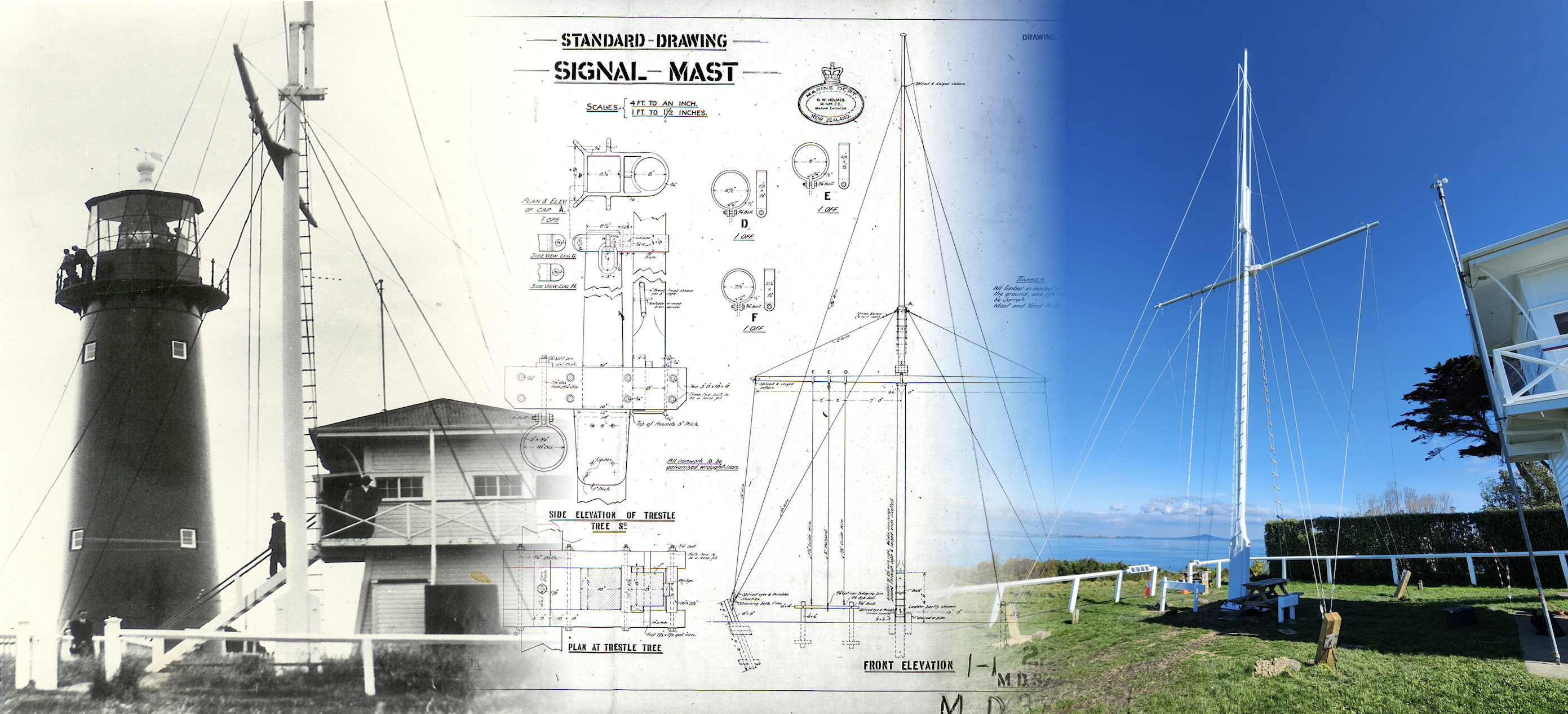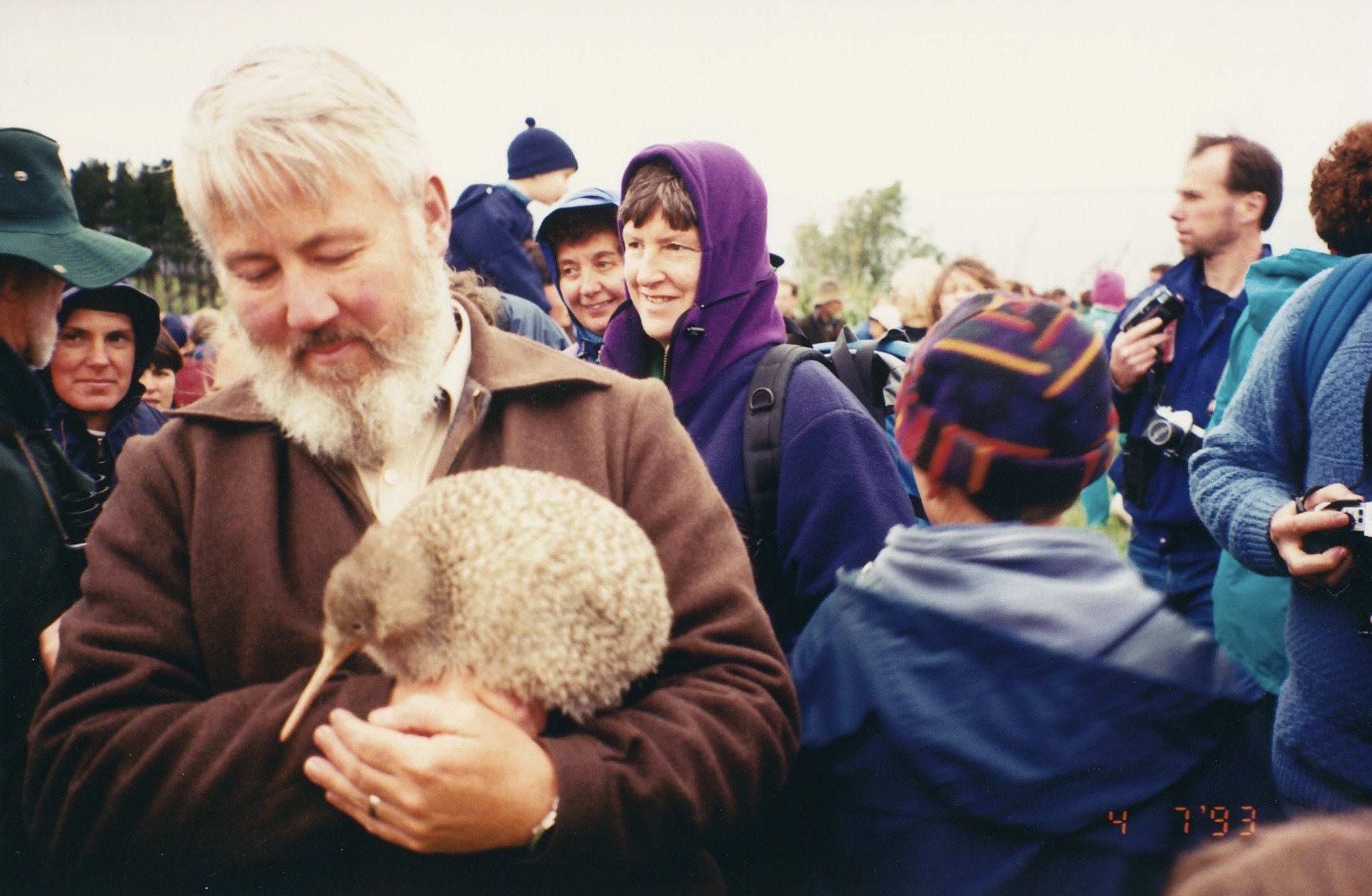Celebrating 40 years of tīeke/saddleback
Celebrating 40 years of tīeke/saddleback on Tiritiri MatangiAuthor: Stacey Balich, GuideDate: May 2024, Dawn Chorus 137Header image credit: John SibleyIn 1984, 24 tīeke/saddleback from Cuvier Island were released on Tiritiri Matangi. They quickly established themselves with the help of nest boxes, roost boxes and regenerating bush. This year marks the 40th anniversary of their arrival, and, to celebrate this, Barbara Walter shared with me her experiences and stories from the early years. Dr Tim Lovegrove (Auckland Regional Council Heritage Department scientist) coordinated the translocation from Cuvier Island. The 24 tīeke, comprising six breeding pairs and 12 juveniles, came from five different areas of Cuvier Island and had distinct dialects. In order to preserve these distinctions, they were released in five different areas on Tiritiri Matangi: Bush 1, Bush 2, Wattle Valley, Bush 21, and Bush 22 (see Figure 1). At the start, 360 nest boxes were made by the North Shore Forest and Bird branch, coordinated by Eric Geddes, who used to travel to the Island on a small runabout from Army Bay. There were some differences in how the boxes were made. Some were short and some were long, both types having a V shape for the opening. Later a grill was added to the opening to prevent mynas and ruru from getting in, especially ruru, as they were getting in and…
Soil: what helps create and maintain it
Soil: what helps create and maintain itAuthor: Libby May, GuideDate: September 2024Healthy soil is fundamental to our continued healthy life. It provides plants, filters and manages the volume of rainwater, hosts an enormous biodiversity both above and below ground and it can tell us about our past as well as protect our future. It’s a huge carbon pool, absorbing carbon dioxide from the air – 1,500 billion tonnes of carbon globally – almost three times more carbon than in all above ground biomass including trees, shrubs and grasses. According to the Land Care Research Soils portal, each year unsustainable land management around the globe is responsible for around 24 billion tonnes of fertile soil being contaminated, washed off the land or blown away by the wind. In New Zealand it’s 192 million tonnes a year. (1) It’s not a speedy process, creating healthy, rich, fertile soil. Its origins start with bare rock and sediment surfaces being weathered and disintegrating under the influence of climate. Over time the surface becomes available to vegetation, lead by lichens (of which we have an abundance on Tiritiri Matangi) which will root in any cracks they can find such as the greywacke we see on the Wattle Track. A thin layer of vegetation will gradually build up and in the fulness of time start decomposition which in turn produces organic acids. These help…
Spring has definitely sprung!
Spring has definitely sprung!Author: Neil Davies, GuideDate: September 2024Photos credit: Neil DaviesSunday 1st Sept. On Sunday Mary-Ann and I were over on the island checking tracking tunnel cards as part of our on-going monitoring programme. Nothing untoward and just the usual critters showing up on the cards – footprints of birds, weta, wētā punga, skinks, tuatara and Duvachel gecko to name a few. However, it was impossible not to be taken by the level of bird song, even in the middle of the day, which indeed sounded like the ‘dawn chorus’. There were lots of encounters with kōkako, hihi, korimako, tūī, pōpokotea and tīeke as well as several tuatara spotted outside their burrows. I think they were celebrating the return of sunshine and mild temperatures after the heavy rain, thunder and lightning from the weather ‘bomb’ that passed over on Saturday night. Things definitely seem to be warming up and Spring has definitely sprung! Kōwhai and karo are still blooming prodigiously all over the island and the ground is now being carpeted with yellow flower petals and the deep crimson colour of the karo flowers. It also looks like it’s going to be an exceptional year for harakeke (flax) with a huge number of flower spikes and the first flowers already opening (I haven’t seen any on the mainland yet). Rewarewa has started to flower too which also seems…
Tropical newcomers thrive as our sea temperatures continue to increase off Tiritiri Matangi
Tropical newcomers thrive as our sea temperatures continue to increase off Tiritiri MatangiAuthor: John Sibley, GuideDate: August 2024Photos credit: John SibleyOnce again in 2024 the winter minimum sea temperature off Tiritiri Matangi stayed two degrees higher than the historical recorded average 50-60 years ago.
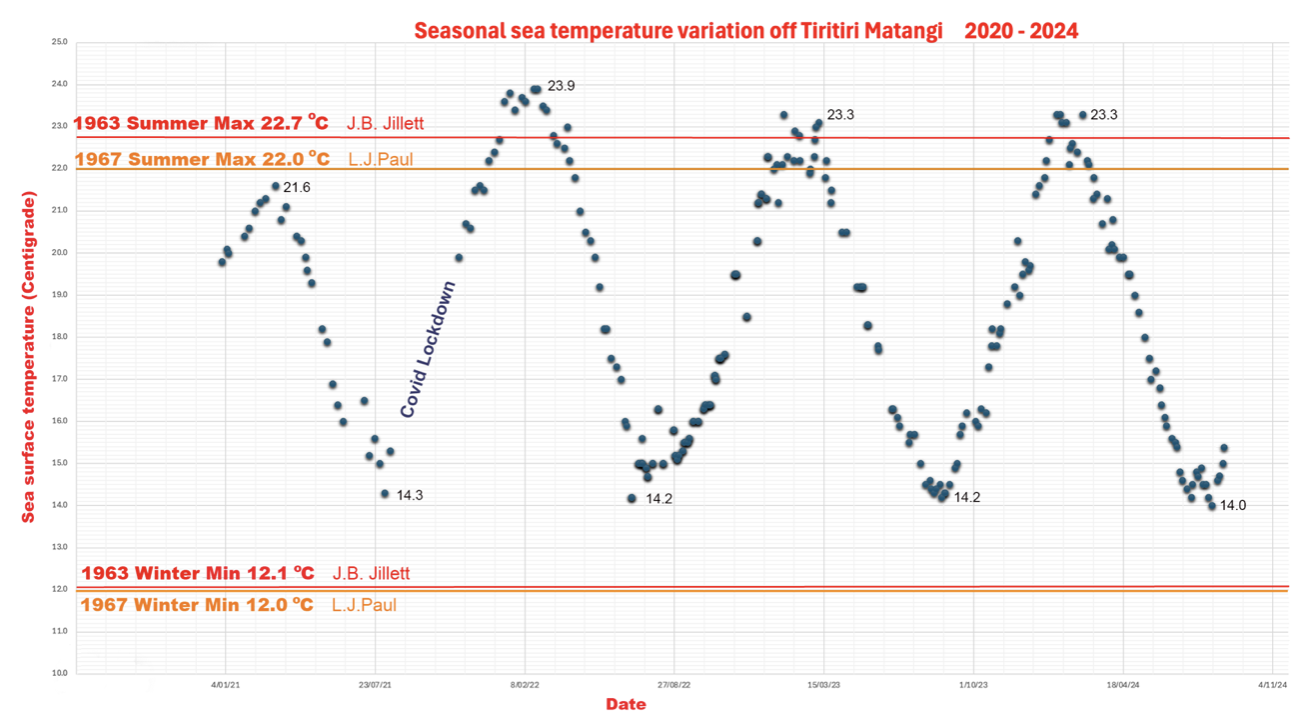
Seabird Counting
Seabird CountingAuthor: Roy Gosney, GuideDate: August 2024Photo credit: Oscar Thomas There is no doubting the success of Tiritiri Matangi in preserving bird species that have principally succumbed to human devastation. This achievement however provides no indication of how more successful species are faring. Enter the ubiquitous seabirds whose status is a good indicator of overall ecological health, given their existence on the margins of land and sea. A little-known project on Tiritiri Matangi has been Seabird Counting, the aim of which is to help fill this gap in our knowledge. Seabird counting has been an annual event taking place between September and January and is in its 12th year. Mike Dye did this for the first 10 years ably describing his experience in a 17th May issue of Guidelines. I assisted Mike over the last 5 years until we were joined by Rachel Taylor. Rachel and Mike, now no longer in Auckland, left a vacuum that I, in a mad moment, agreed to fill. Consequently, I started the 23-24 season on my own, but thanks mainly to Mike’s article, a number of people have come forward and we’ve built a good team comprising: Scott Camlin, Bethny Uptegrove, Sue Beaumont Orr, Yvonne Vaneveld and Julie Benjamin. The target species are primarily Red-billed Gulls (RBGs), Black-backed Gulls (BBGs), White-fronted Terns (WFTs) and Pied Shags (PS) because…
Birds—The Formula 1s of the Animal World
Birds—The Formula 1s of the Animal WorldAuthor: Malcolm Pullan, GuideDate: July 2024Photo and video credit: Neil DaviesHave you ever marveled at the extraordinary journeys that some birds go on when they’re feeding or migrating? Have you ever wondered how birds are able to fly through the forest so quickly, yet not crash into things? Have you ever wondered how it is that many birds can remain on the ground as a car is approaching and then quickly escape at the very last second? You haven’t? Oh well, neither had I until a few years ago. Now, though, I think about it almost every time I see a bird. For I now know that underpinning these observations is something quite special about birds that explains so much about why birds are the way they are. Birds are hot(1). In fact, they’re the hottest vertebrates (2) around. You and I maintain a more or less constant body temperature of around 37°C. That’s fairly typical for a mammal. Birds also maintain a relatively constant internal body temperature—except theirs is likely to be in the range of 39– 43°C, i.e. quite a bit higher than your average mammal. Now you don’t need to know much chemistry—or baking for that matter—to know that when you heat things up, chemical processes speed up. This is what happens in birds. Stuff happens more quickly. For instance, reaction times are faster and muscles can work harder.…
Highway robbery
Highway robberyAuthor: Jonathan Mower, GuideDate: July 2024Photo and video credit: Jonathan Mower This short video clip captures a moment of interspecies interaction when a toutouwai/ North Island robin came across a tīeke/ North Island saddleback that had captured and killed a wētā. The toutouwai was a much more dominant bird and harassed the more timid tīeke, eventually causing the tīeke to abandon its prey to the toutouwai which snatched it and flew away. The small wattles and timid nature may mean the tīeke was a young and inexperienced hunter because I have previously seen tīeke aggressively dispatch large prey including hura/giant centipedes and wētā. By nature, the toutouwai are often bold and aggressively territorial toward others of their own kind but here we see them interacting and showing dominance over a very different species.
With Matariki approaching, it is an opportunity to look back and look forward
With Matariki approaching, it is an opportunity to look back and look forwardAuthor: Ian Alexander, Supporters of Tiritiri Matangi Island ChairDate: June 2024Photo header credit: Geoff BealsWith Matariki approaching, it is an opportunity to look back and look forward, celebrating the past year and thinking of what can be achieved over the next year. It has been a year of change for volunteers and staff on and off the Island. Having farewelled two of our beloved members late last year, we remember them – Ray Walter and Mel Galbraith, two men who contributed a life of service in many different ways to the development of our island conservation project. And there are others who have passed away during the year who in their own way have also contributed to the work of the Island. Guiding both public and schools has continued to be a major part of the operations of Tiritiri Matangi as have efforts made by all our sub-committees and task groups across biodiversity, infrastructure, advocacy, education, fundraising, membership, retail and IT. Climate has and will continue to dominate the Island ngahere and tracks requiring constant attention by our regular working parties and individuals. Looking forward there remains much to do to ensure the proper care and attention to the Island’s flora and fauna and to continue to provide opportunities to everyday…
Tiritiri Matangi Island Signal Mast Reconstruction
Tiritiri Matangi Island Signal Mast ReconstructionAuthor: Carl HaysonDate: Taken from the Dawn Chorus, 135 November 2023Header photo: Geoff BealsThe replica mast has been rebuilt to the exact specifications of the original structure which was erected in the late 19th century. It last existed in the 1940s but, along with all the other signal masts on lighthouse stations around the country, was taken down when manual signalling was no longer required. In the early 2000s, SoTM restored the 1908 watchtower which had fallen into disrepair, and this is now a popular attraction for visitors. The mast was an integral part of the original signal station, and when Ray Walter and Carl Hayson discovered a small section of the old mast in 2003, a plan was conceived to rebuild it.
Its original function was to provide shipping information to the Ports of Auckland in the days before wireless transmitters were available. Signalling was conducted with a combination of flags and woven baskets which were seen by a station on Mt Victoria in Auckland. At 25m tall, the mast is slightly higher than the lighthouse and can easily be seen from the sea.
The kiwis are here
The kiwis are hereFrom the Tiritiri Matangi ArchivesEditor: Zane BurdettBulletin No.14Date: August 1993In fact, since the five pairs of little spotted kiwi arrived, they’ve been here, there and everywhere on Tiritiri – exploring what is now their new home. They arrive on the 4th of July – ‘Kiwi Independence Day’. That day, over 500 people; babies, children, teenagers, adults, young and old, officials, sponsors, scientists, reporters and Yamagata whenua – had waited. They had waited together on a ridge under a great cloudy sky with a cool wind blowing – but the wait was worth it! The was the first public release of the little spotted kiwi. Maybe on this day the number of people in recent history to have seen a living little spotted kiwi in the feather had probably doubled! The kiwis arrive by helicopter at about 3pm accompanied by representatives of Ngtai To a and Te Ottawa, tangata whenua of Kapiti Island, the Minister of Conservation Mr Denis Marshall and DoC staff. They were greeted by representatives of Te Kawerau a Maki, tangata whenua of Tiritiri Matangi. Following speeches by officials and Dell Hood and Mel Galbraith – 4 birds were taken by DoC staff and shown to the gathering. All the birds were taken to their released sites and placed into prepared burrows. The arrival of the little spotted kiwi on Tiritiri was made…
